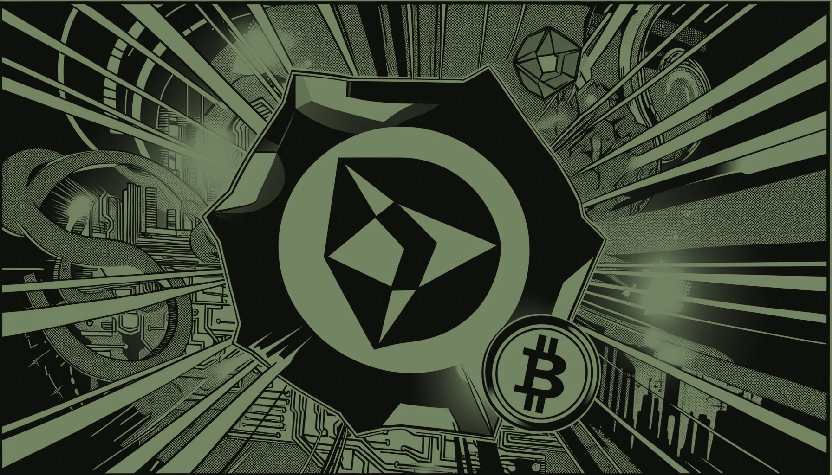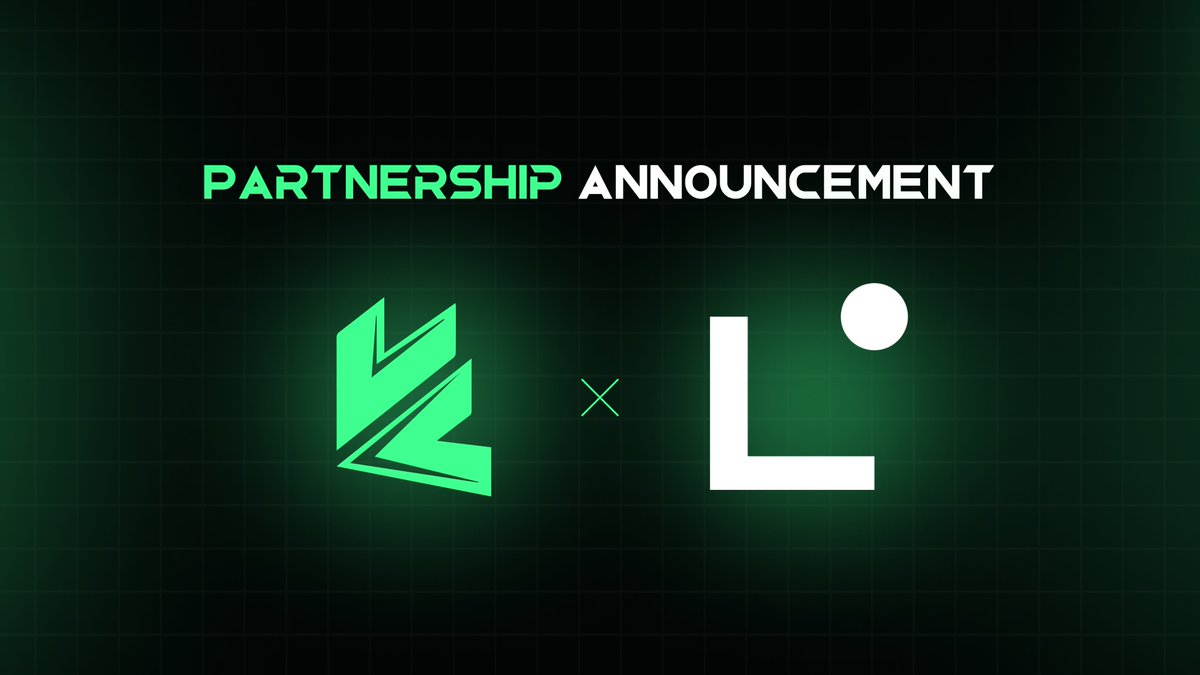Navigating the Intersection of AI and Ethereum: A Comprehensive Market Analysis
—
Introduction: The AI Revolution Meets Ethereum’s Dynamic Ecosystem
The landscape of cryptocurrency is evolving at lightning speed, with Ethereum (ETH) leading the charge as a versatile, programmable blockchain. Parallel to this evolution is the rise of artificial intelligence (AI), a technology reshaping data analysis, decision-making, and automation across industries. When AI’s analytical prowess intersects with Ethereum’s decentralized finance (DeFi) and trading arenas, new possibilities and challenges emerge for investors and developers alike.
This report examines how AI integrates with the Ethereum ecosystem, analyzing the current applications, market signals, and investment implications. By dissecting the synergy between these two technologies, we paint a clearer picture for traders, developers, and enthusiasts striving to understand the future of crypto investing.
—
AI’s Impact on Ethereum: More Than Just Buzzwords
Artificial intelligence operates by ingesting large datasets, recognizing patterns, and forecasting trends with minimal human input. Within Ethereum’s ecosystem, AI aids in several key areas:
– Market Signal Generation: AI models process vast quantities of price data, sentiment analysis, and transaction flows to produce predictive signals designed to guide trading decisions. These signals can highlight ideal buy or sell moments faster than traditional analysis.
– Smart Contract Optimization: Ethereum’s programmable contracts can be enhanced with AI to automate corrections, optimize gas fees, or improve security by detecting anomalous behaviors preemptively.
– Fraud Detection and Risk Management: AI systems help identify suspicious transactions on Ethereum-based applications, safeguarding users against scams and reducing systemic risks in DeFi protocols.
These AI applications transform Ethereum from a static blockchain to a dynamic ecosystem with self-improving capabilities, offering tools that can empower both retail and institutional participants.
—
The Ethereum Powerball Token Signal: A Case Study in AI-Driven Trading
Consider the recently introduced “$Ethereum Powerball,” a token signal claiming to harness AI’s analytical strengths coupled with rapid transaction execution:
– Emerging Community: With around 219 holders, this token signals an early-stage adoption that may indicate grassroots interest or speculative activity.
– AI Integration: The core value proposition relies on AI to deliver real-time alerts on market trends, helping investors act swiftly on fleeting opportunities.
– Speed and Accessibility: Fast trade execution and transparent dashboards allow users to track performance and react quickly, crucial in Ethereum’s often volatile price swings.
The Ethereum Powerball example demonstrates AI’s potential to democratize complex market insights, providing tools once reserved for high-frequency traders or institutions. However, this innovation invites scrutiny concerning the accuracy of AI models, liquidity issues from small tokenholder bases, and the risks of relying heavily on automated signals without complementary human judgment.
—
Market Dynamics: Weighing AI Signals Against Traditional Analysis
No matter how advanced AI becomes, its signals must be interpreted within the broader context of market fundamentals and technical analysis. Ethereum’s price behavior is strongly influenced by factors such as network upgrades, macroeconomic trends, and fundamental adoption metrics.
– Resistance and Support Levels: Seasoned traders watch these price zones carefully to anticipate reversals. AI tools may identify these zones quicker but cannot fully guarantee outcomes since external events can abruptly shift market sentiment.
– Community and Adoption: Tokens with small holder counts, like Ethereum Powerball, often experience higher volatility and liquidity constraints, potentially undermining AI’s predictive power.
– Investor Education: Successful trading still hinges on understanding market mechanics, recognizing the limitations of signals, and maintaining discipline in entry and exit strategies.
When AI-driven insights merge with foundational trading principles, the risk-return balance improves. Investors get both speed and substance, ideally leading to more informed decisions.
—
The Future of AI and Ethereum: Challenges and Opportunities Ahead
As AI continues to mature within blockchain environments, several trends will shape the Ethereum market:
– Hybrid Intelligence Models: Combining AI algorithms with expert human review may offer the best of both worlds—speed and contextual wisdom.
– Decentralized AI Protocols: Emerging projects aim to decentralize AI computation itself, running machine learning models on Ethereum’s infrastructure to enhance transparency and fairness.
– Scalability and Real-Time Processing: Advances in Ethereum’s Layer 2 solutions and upcoming consensus upgrades will reduce latency, making AI signals even more responsive.
– Regulatory Oversight: As AI-driven trading tools gain prominence, regulations may evolve to ensure transparency and prevent manipulative practices, affecting how signals are developed and used.
Investors and developers must remain agile, adapting their strategies to harness AI’s transformative potential without losing sight of market fundamentals.
—
Conclusion: Embracing AI Within Ethereum’s Complex Market Terrain
The convergence of AI and Ethereum signals the dawn of a new frontier in cryptocurrency markets—one that promises faster, smarter trading but also demands a cautious, well-informed approach. Tools like the Ethereum Powerball showcase what AI can bring: rapid insights and execution speed. Yet, these advantages come interwoven with challenges related to data quality, market psychology, and tokenomics.
Navigating this terrain successfully means embracing a hybrid approach: leveraging AI innovations while grounding decisions in proven analytical frameworks. As AI algorithms get smarter and Ethereum’s infrastructure evolves, a future where intelligent, adaptive trading is accessible to all seems increasingly within reach.
—
Further Reading
– Investopedia: Understanding Resistance and Support Levels
– CoinDesk: How AI is Changing Cryptocurrency Trading
– Ethereum.org: Market Analysis and Trading Tools
– Binance Academy: Technical Analysis for Beginners











